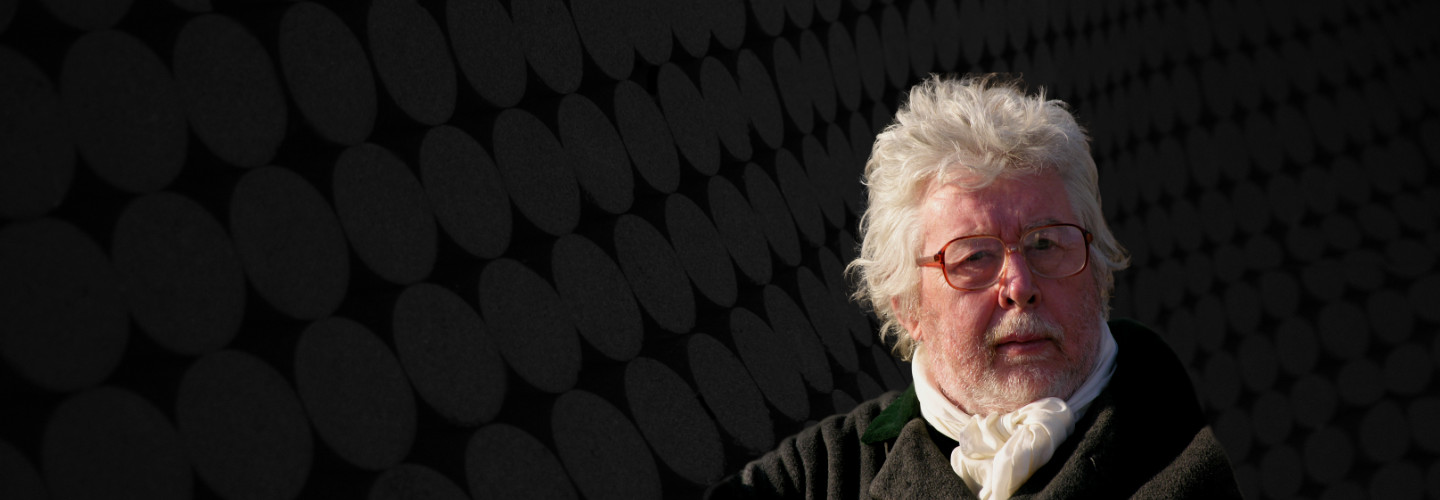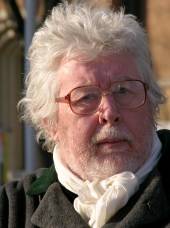

Sir Harrison Birtwistle
Verses for Ensembles
Short instrumentation: 1 1 2 1 - 1 2 2 0 - perc(3)
Duration: 28'
Dedication: Dedicated to Bill Colleran
Instrumentation details:
alto flute (+picc)
oboe (+c.a)
1st clarinet in Bb (+cl in Eb)
2nd clarinet in Bb (+bass cl(Bb))
bassoon (+cbsn)
1st trumpet in C
2nd trumpet in C
horn in F
1st trombone
2nd trombone
1st percussion (+bon
congas
glock
xyl)
2nd percussion
3rd percussion (+tem.b)
Desk A
Desk B
Desk C
Desk D
Birtwistle - Verses for Ensembles for 3 instrumental ensembles
Printed/Digital
Translation, reprints and more

Sir Harrison Birtwistle
Birtwistle: Verses for chamber ensembleOrchestration: for chamber ensemble
Type: Studienpartitur
Sample pages
Audio preview
Work introduction
For as long as music has existed, man has made use of repetition. It is an element common to every kind of musical culture, and always carries within it the same expressive potential – to create expectation and then to have that expectation confounded, and in so doing provide the most basic musical tension. On a large or a small scale too it offers a means of building paragraphs; material made familiar by repetition may become a point of reference around which new ideas can be grouped. From his earliest published pieces Birtwistle has sought to fix the continuity of his music in terms of the repetition of clearly defined elements; though from the 1960s onwards he began to develop other means of ensuring structural unity and coherence as well, the idea of verse and refrain, one the natural complement of the other, has remained an integral part of his technique right up to the present day.
In Verses for Ensembles, written to a commission from the London Sinfonietta in the winter of 1968-69, Birtwistle exploited the verse-and-refrain concept with greater brilliance and virtuosity than ever before. The ensembles of the title are families of instruments - a quintet of woodwind, a brass quintet and percussion. Throughout the work the groups either operate as units or soloistically; an instrument detaches itself from the ensemble and assumes an independent role, in the process articulating the verse-and-refrain structure of the entire work, a scheme in which the discrete blocks of material may be baldly juxtaposed or overlaid, but never homogenised into a continuous whole.
The tensions created by this method of construction are enormous, and it seems as if the instruments become embroiled in a ritual of mysterious power. It is an early example of the 'secret theatre' that was to become increasingly characteristic of Birtwistle's later output. There is a visual element to the work also, which enhances the feeling of arcane ceremony: the instrumental groups are arrayed on the stage in symmetrical ranks, the higher woodwind to the left, their lower siblings to the right, the brass in a row above them, while the percussion – pitched and unpitched – rise in rows above that. Around the periphery of the ensembles are four solo positions: the two on raised platforms at the rear of the playing area are used exclusively by the trumpets; the two at the very front are shared at various moments in the work by the trumpets, horn or woodwind. It is the migrations of the players between these positions that provide their own map of the work, providing a visual image of linear movement which the music itself seems to do its best to deny.
Andrew Clements
